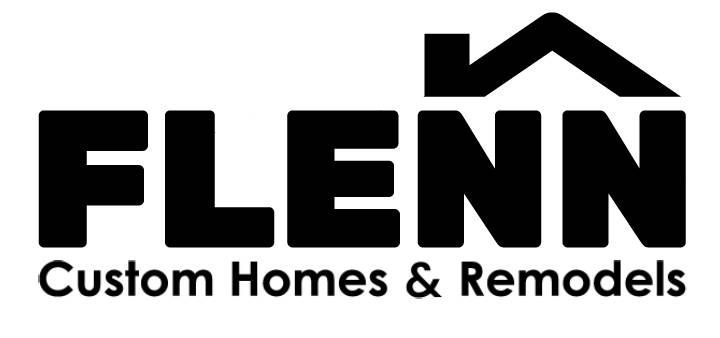There are many reasons building a custom home can prove to not only be a better value than expected, but a better overall investment than purchasing a spec home or house from existing inventory. One of the key ways custom home buyers get more bang for their buck is by using a custom home builder dedicated to high-efficiency, low-maintenance plans and materials.
By keeping energy costs and future upkeep in mind during the design process, you’ll have more time and money later to simply enjoy living in your home once its built.
Interiors: Windows & Walls
Double-paned windows have become standard in new home builds for their increased ability to prevent the conduction of heat and cold from one side of the glass to the other. But most people don’t realize that the window’s frame is just as important as the glass when looking to keep energy costs down.
Wood, aluminum and vinyl frames all have their pros and cons regarding insulation value, required maintenance and environmental friendliness, but thermally broken aluminum window frames are increasingly becoming the number one choice in energy-efficient installs. Thermal break technology features a rigid insulation barrier pressed between the layers of aluminum that dramatically slows the conduction of heat and cold. Thermally broken aluminum frames give you all the pros of standard aluminum frames, which are more eco-friendly and lower maintenance than their counterparts, and none of the cons.
Window placement is also key. Your custom home builder should help ensure your new home is designed with the sun orientation in mind so that windows not only highlight the best views, but maximize opportunities for shading, as well as wind and air movement through and alongside the house.
Properly insulating your new custom home is another vitally important component in keeping heating and cooling costs down. It addition, good insulation will reduce noise throughout the house and help prevent pest infestations in the attic and walls. Like window frames, there are several types of home insulation options, but spray foam insulation is the best product for the money. Spray foam insulation can be applied into really tight spaces and crevices without settling over time (like cellulose insulation,) so its performance as an air sealer and temperature insulator is unsurpassed.
Resistant to moisture, mold and insects, spray foam insulation is less likely to need replacing than its fiberglass counterpart and performs better in the coldest temperatures.
When choosing paint finishes, eggshell and satin prove easier to clean than matte choices, meaning freshening up can be often be done with a damp cloth instead of a paintbrush.
Exterior Materials and Landscaping
While there’s no such thing as a totally maintenance-free home exterior, some materials definitely require less attention and care than others. Stucco, stone and brick are lifetime products that will last as long as the home itself, while Hardiplank and wood, so popular in modern farmhouse designs, must be cleaned and painted fairly regularly to prevent rot and pest problems.
Drainage is also an important consideration. Your custom home builder should recommend a site drainage evaluation to determine the best location for the home and other structures like garages, workshops/barns, outdoor kitchens and mother-in-law suites. The shape of the house and its structures, as well as their placement on the lot, can dramatically affect natural drainage. Noting and altering draining patterns interrupted during construction can both protect the infrastructure from damage and maximize rainwater and sprinkler system usage in landscape design.
Xeriscape landscape design is gaining in popularity as home buyers search for ways to reduce maintenance and better control water usage and costs. This method emphasizes using plants whose natural water and temperature requirements are suitable to the local climate, as well as limiting irrigation needs by maximizing plant placement so that water is not lost to run off and evaporation.
For longer lasting fences and other wooden structures used in landscapes, materials should include preserved cedar with metal posts. Unlike wood posts that eventually deteriorate from contact with ground moisture, metal posts will last the life of the fence. A wood preservative on fence boards and other wooden structures like pergolas and latticework prevents fading, warping, mold and mildew problems and protects from rot.
Everyone wants their dream home to be functional and beautiful. Flenn Custom Homes and Remodeling knows the dream doesn’t necessarily include high maintenance and bills. If you’re looking for a custom home builder that keeps energy costs and future maintenance in mind from beginning to end of the home building process, contact Flenn Custom Homes and Remodeling today.
